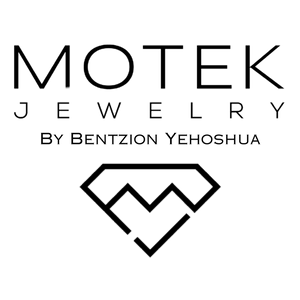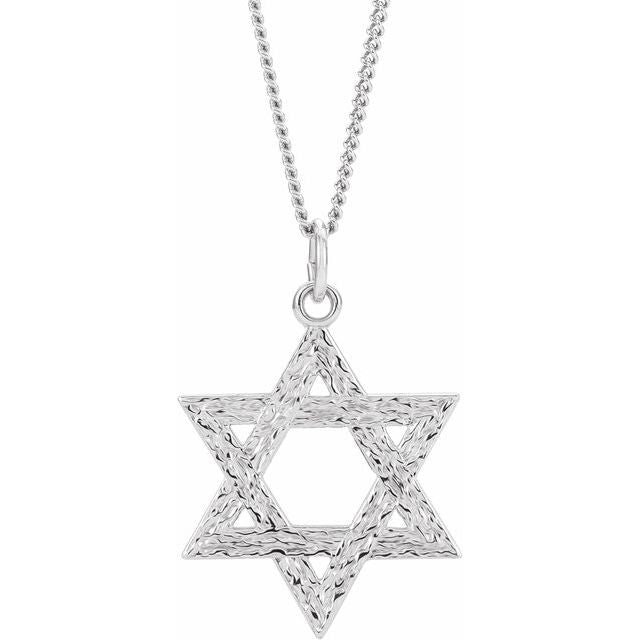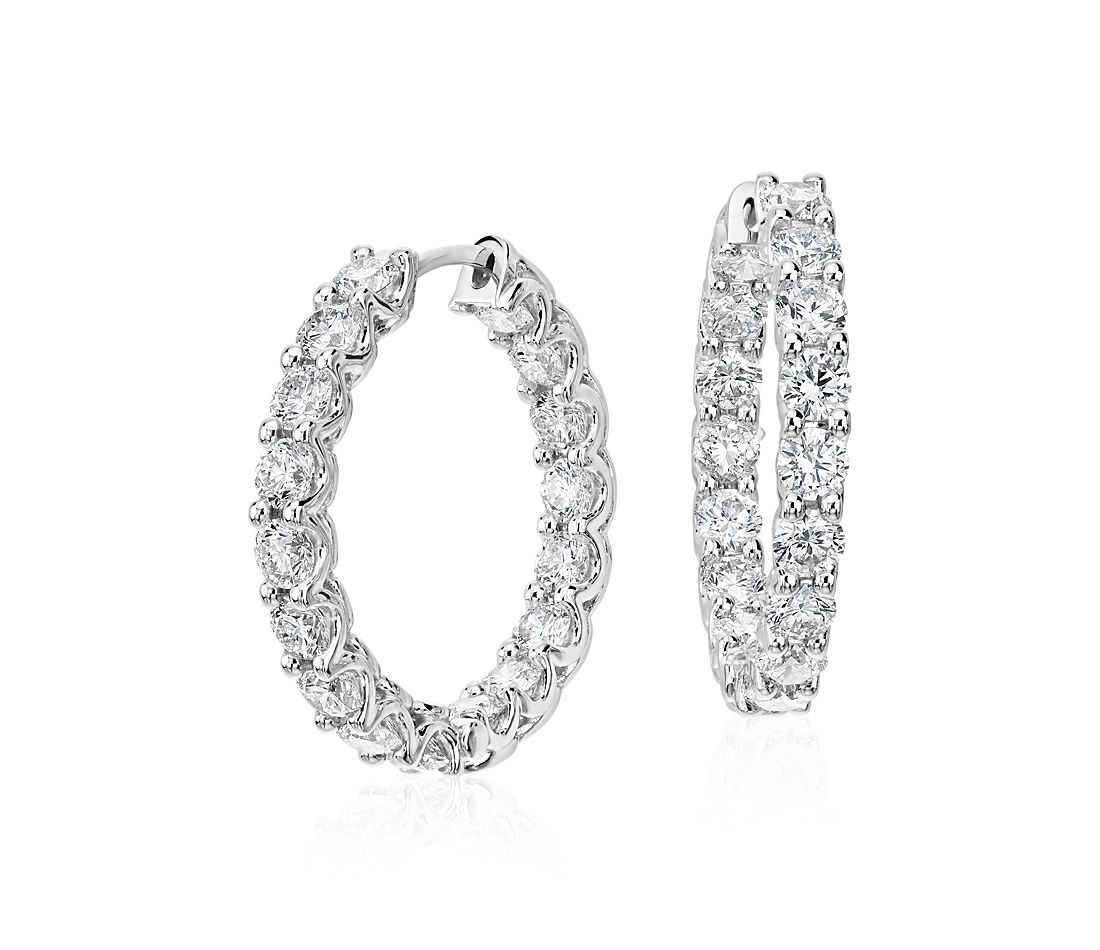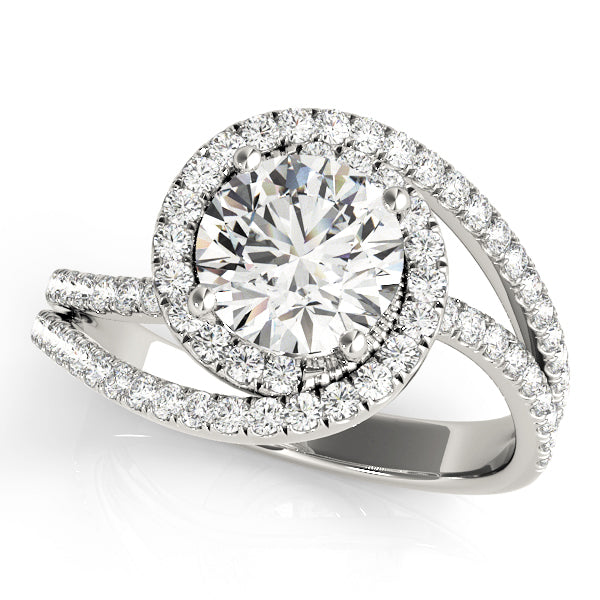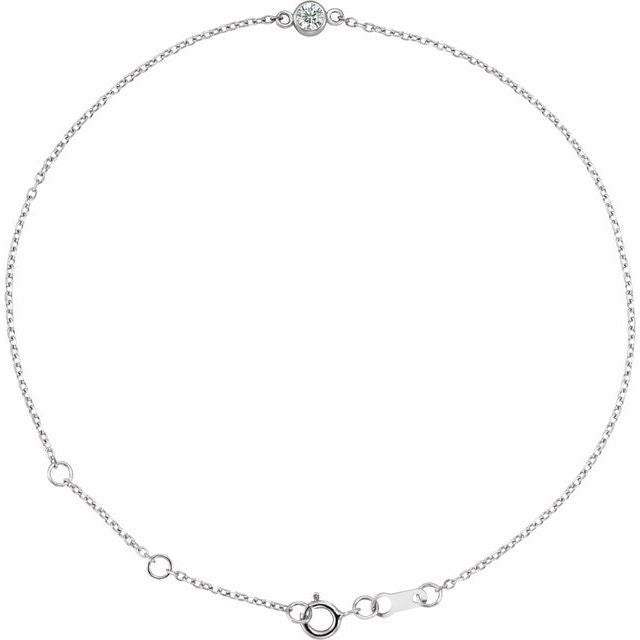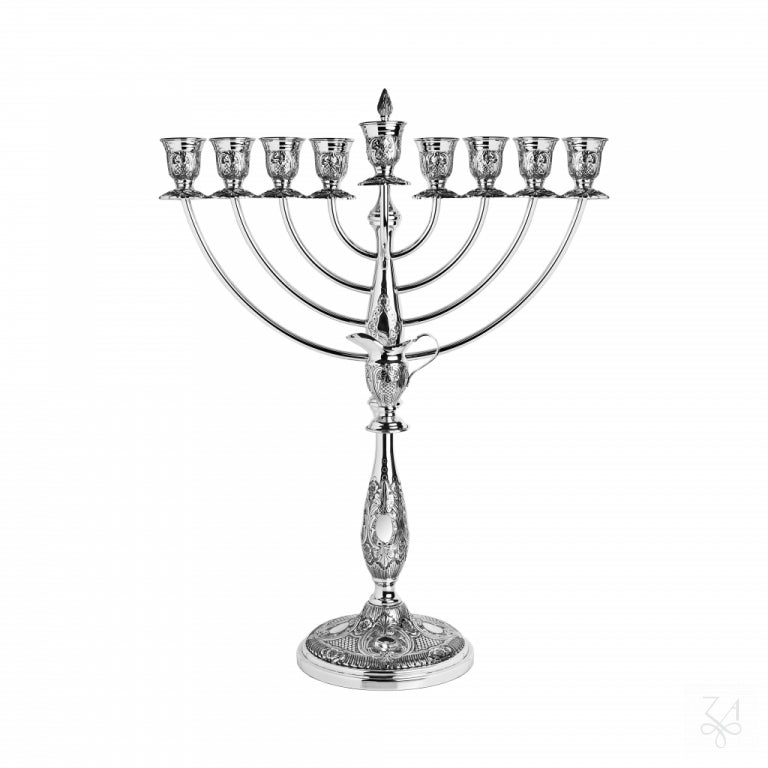What Is A Lab Grown Diamond?
Q: I only want "real" diamonds. Is buying lab considered "fake?"
A: First we must ask - what is a "real" diamond? A true diamond is essentially just a carbon crystal. Regardless of the origin, crystallized carbon is a gemstone known as a diamond (as defined by the Federal Trade Commission). So whether earth grown or lab grown, any gem quality carbon crystal is a "real" diamond that can be worn in jewelry. Lab-grown diamonds are chemically, physically, and optically identical to earth grown diamonds - they will not change over time, and will not become scratched, cloudy, or discolored as would some diamond alternatives such as CZ.
Q: If Lab Grown is "Real" then what is "Fake?"
A: The lowest cost diamond alternative is Cubic Zirconium, commonly referred to as "CZ" and is similar to glass in that it is not as hard as a diamond, and becomes scratched and cloudy within years of daily wear. Another higher-end diamond alternative is "Moissanite," which exhibits a more disco-ball-like brilliance than do diamonds, and fall in between CZ and diamonds in terms of hardness. Naturally occurring Moissanites are extremely rare, so the vast majority of these silicon carbide crystals are grown in labs.
Q: How are lab grown diamonds grown?
A: Lab grown diamonds are manufactured using conditions that recreate the natural process that creates earth grown diamonds. This means that a carbon "seed" (often a tiny piece of natural diamond or a slim "plate" of lab grown diamond) is subjected to extremely high temperature and pressure in a controlled environment, into which gasses with a high carbon content are injected. The end result is a rough diamond, which then must be cut, faceted, and polished like any other diamond in order to assume it's final gem form.
Labs use two different methods to grow diamonds—High Pressure-High Temperature (HPHT) and Chemical Vapor Deposition (CVD). The former is typically available mainly in the DEF color range, whereas the latter more commonly falls into the FGH color range (although it is possible to source both type in either color range).
We use only CVD diamonds, as they are categorized as type IIa diamonds, just like earth grown. HPHT diamonds may have a higher amount of trace atomic metal content which may result in pen-test detection results of "Moissanite."
Q: What is the practical difference between Earth Grown & Lab Grown diamonds?
A: from 30% less to a fifth of the price of equivalent quality earth-grown diamonds depending on the size and quality of the stones! As a result, the $5,000 custom top-of-the line (colorless, perfect cut and nice size) lab grown diamond engagement ring would be compared to a $25,000 natural (earth grown) diamond ring. Additionally, lab grown diamonds are not subject to the same impurities that naturally occurring diamonds are exposed to in the ground, so they are to a very great extent free of trace elements that cause phenomenon such as fluorescence and high level of inclusions.
Q: What is the resale value of lab grown vs. earth grown diamonds?
A: Proportionally speaking, they are essentially the same. Regardless of purchase price, you can expect to trade in your diamonds for significantly less than the retail price, for several reasons. Firstly, and most simply put, the buyer will not pay more for your trade in than they would for when procuring from their standard vendors and/or manufacturers. Secondly, when assessing trade in value, stones and jewelry are generally considered as scrap material, since the buyer carries all the risks of validation and certification of the goods. Next, one must keep in mind that the retail price includes many other costs such as overhead, utilities, store rent, salaries, labor, and materials. A trade in is looked at as only the raw materials. Additionally, many people mistakenly think that since in general, the value of commodities such as precious metals and gems increases over time, therefore they will be able to resell their diamond for more or less the same dollar amount that the gem was purchased at. Unfortunately, diamonds (as we see in the average person's jewelry) are not necessarily an investment that will reap great dividends, unless the stone is exceptionally unique in several of it's qualities, with size (or fancy color) being a minimum requirement. So unless you've got a gem special enough to have it's own name, do not expect to sell it for more than you paid for it. We like to point out that the money saved when buying a top-notch CVD diamond is a much higher dollar amount than the resale value of an equivalent natural diamond. So you'd make money when buying a CVD as opposed to just recovering some of your cost with a natural stone.
Q: Do the founders of Motek Jewelry prefer natural or lab?
A: There are so many considerations that go into the purchase of diamond jewelry, that this question is difficult to answer. Ultimately, though, we have no preference when it comes to stones ranging in size from melee ("pointers") up to about a carat. From 1 carat to 3 carat, we lean toward lab since the average customer can easily get a stone that is significantly larger with higher quality specs for way under $10,000 (as of the publication of this article). From 3 carats and up, it is really a matter of buyer's preference & goals. Will this stone be continuously upgraded? Will this stone be used as an easily transported large asset? Etc.
